Elaine Doyle murder: Scotland's first cold case trial
- Published
Footage of a police interview shows killer John Docherty denying murdering Greenock teenager Elaine Doyle
The Elaine Doyle murder was the first case to go to trial following an investigation by the Crown Office's cold case unit.
It was set up to look at unsolved murders across the country.
John Docherty denied killing Elaine, 16, in Greenock in 1986.
He was arrested last year after a police operation that followed renewed appeals about the case, including one on the BBC's Crimewatch programme.
The former soldier lodged special defences of alibi and incrimination - claiming the killer was one of 41 other possible suspects.
The 16-year-old died on her way home from a disco in Greenock on 1 June, 1986.
Her body was found the next day in a lane off Ardgowan Street.
Naked body
The murder charge alleged that on 2 June 1986, in a lane near Elaine Doyle's home, Docherty seized her by the hair, struck her on the head and either removed or compelled her to remove her clothing.
He then forced the teenager to the ground, pushed her face into the ground, sat or knelt on her then placed a ligature round her neck and strangled her.
A retired police officer told the High Court in Edinburgh of the moment he first discovered the teenage victim's body.
Alan Stewart, 55, said Elaine was lying naked in a lane with her clothes nearby.
He said there was no doubt she was dead.
Mr Stewart said he was the first police officer to arrive at the lane where the teenager's body was found.
A member of the public, who had phoned the police, told him where the body was located.

Police at the scene of Elaine Doyle's murder in Greenock in 1986
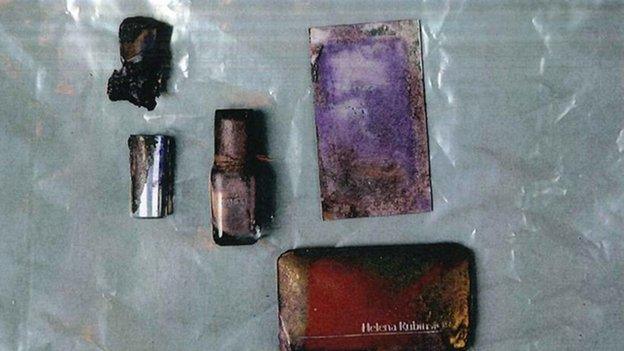
The contents of murder victim Elaine's handbag
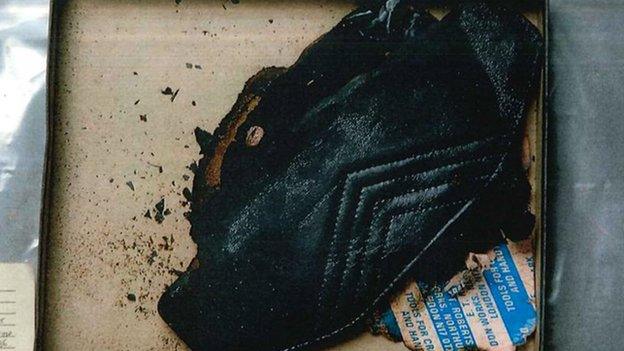
The remains of Elaine's bag which was found at the scene
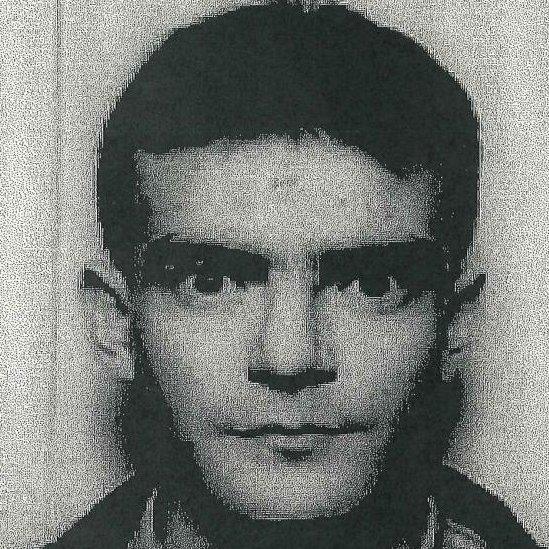
Killer John Docherty's army identification picture
He said: "I saw the naked body of a female. She was lying on her side. Some clothes were nearby.
"I remember a blue leather jacket, a black and white floral dress and a pair of shoes."
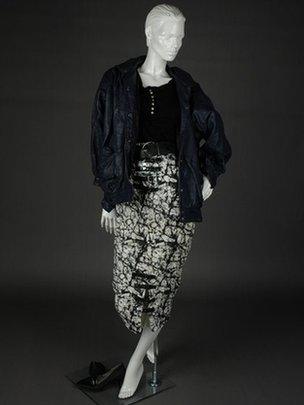
Clothes similar to the ones Elaine Doyle was wearing on the night she died
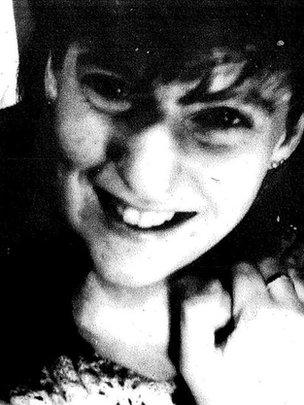
Elaine Doyle's naked body was found dumped in a lane
The court also heard the teenager's parents were spoken to by police unaware that her body was lying yards away from the family home.
Former policeman William Carmichael told the court he called at the Doyle household after a body was found in a local lane.
He suspected it was Elaine after her parents said she had not returned from a night out and described her clothing.
Mr Carmichael said: "I suspected that, unfortunately, the missing person could also be the deceased in the lane."
He said he returned to the lane to tell a senior officer.
Police who covered the dead teenager's body with a blanket were later accused of potentially hampering the hunt for her killer.
Defence QC Donald Findlay told the court that, in terms of evidence, this was "a potentially catastrophic blunder".
'Catastrophic blunder'
Retired officer James Goldie, who was at the scene, agreed.
The jury was told that Elaine's body was covered with a blanket from a police car before being taken to the mortuary.
Retired Detective Inspector Mr Goldie, 76, vehemently denied that he had covered Elaine's body or ordered anyone else to do so.
Mr Findlay described the action as "a humanitarian thought" but added: "That was a potentially catastrophic blunder by police at the scene."
Mr Goldie replied: "I agree with you there."
New technology eventually allowed detectives to match Docherty with a DNA sample found at the murder scene.
Docherty willingly gave a DNA sample, finger-prints and allowed himself to be photographed after being traced in May 2012.
The jury was shown video from a police interview with Docherty in which he told police he only knew of the case from newspapers.
Asked what he knew, he replied: "Nothing, other than what I have read,"
- Published17 June 2014
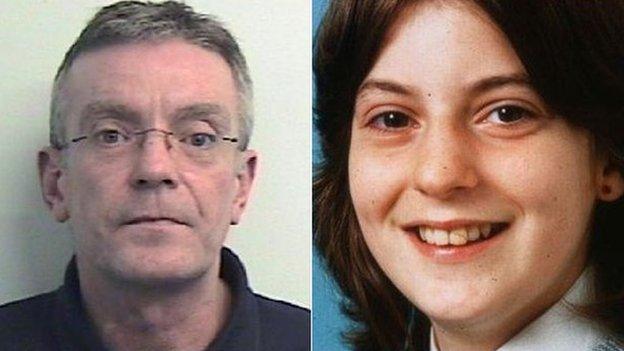
- Published16 June 2014
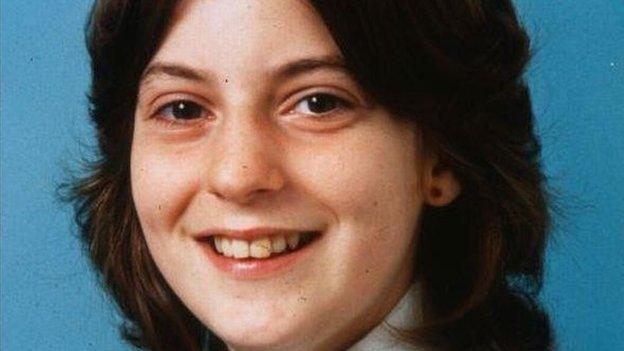
- Published13 June 2014

- Published4 June 2014

- Published2 June 2014
